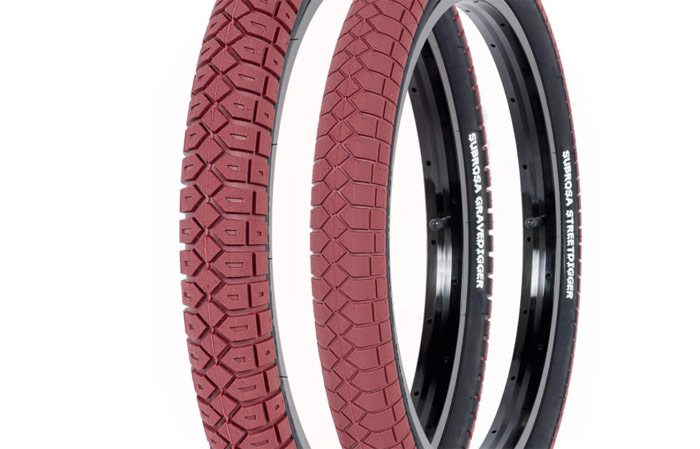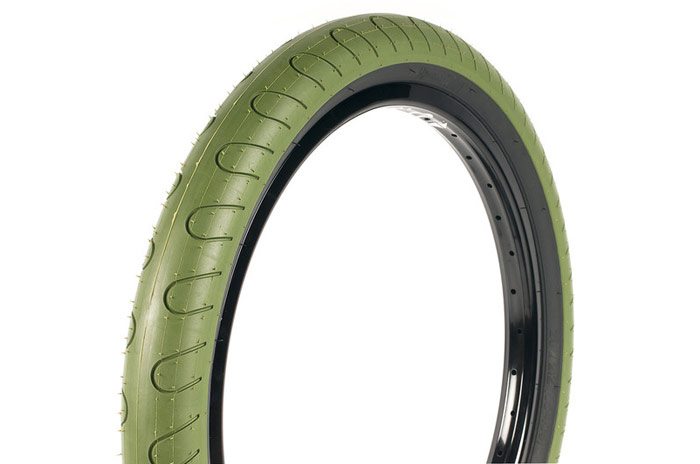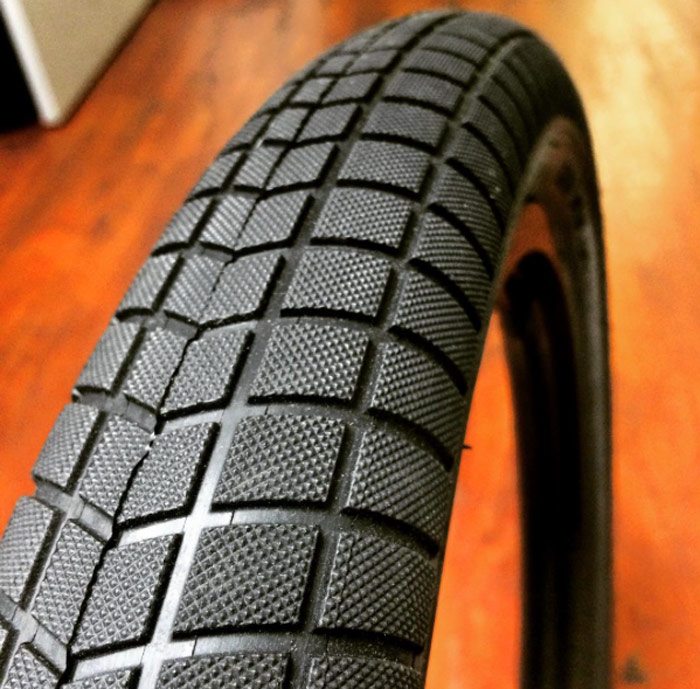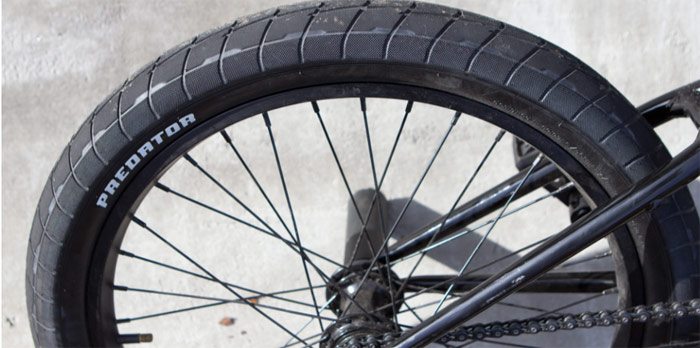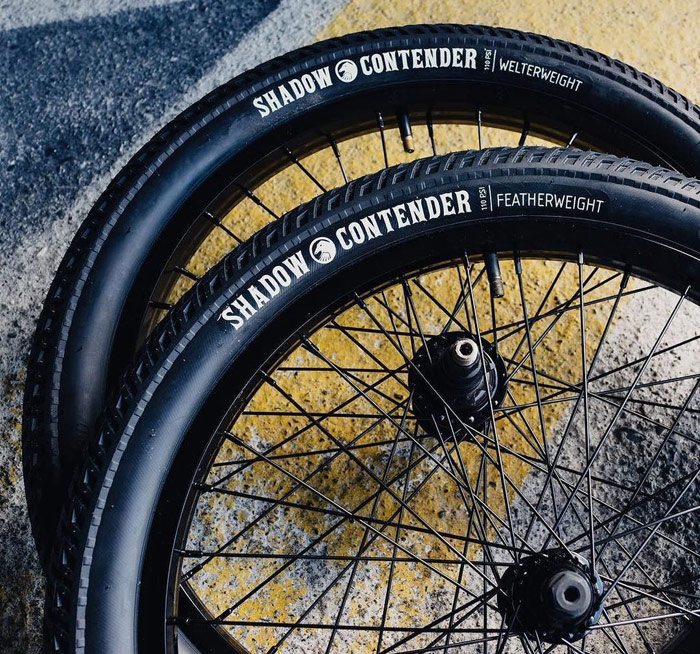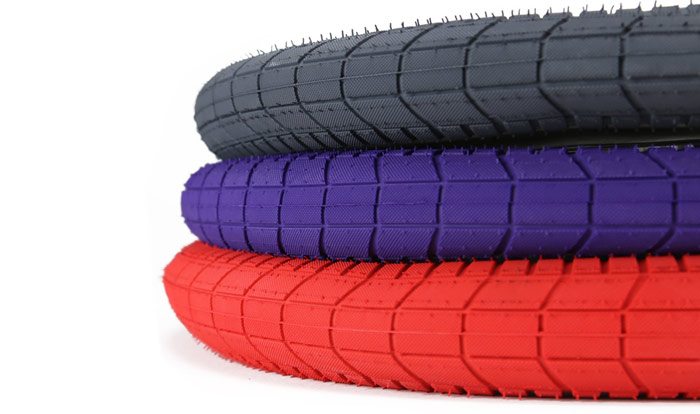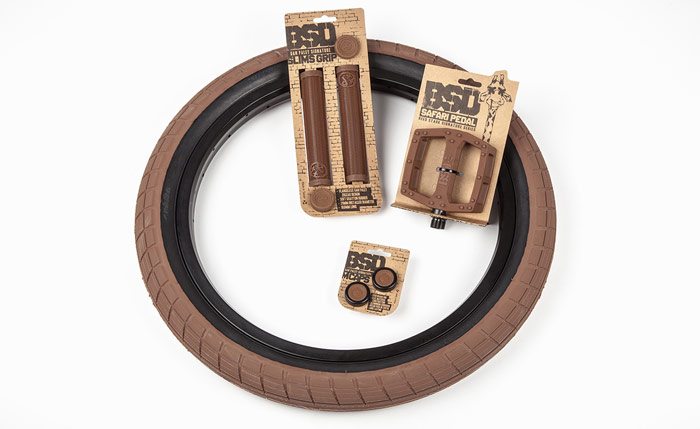Curious what TPI or Threads Per Inch is all about when it comes to BMX tires? Here’s everything you need to know!
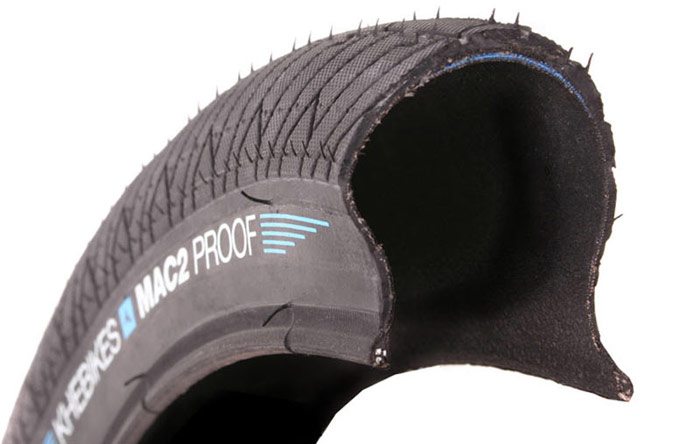
Have you ever been shopping for BMX Tires and you found yourself weighing the options between weight, size and color? What about max PSI and TPI? We were thinking about tires today and how they range quite a bit these days from 65 max PSI all the way up to 110 PSI, come in all sorts of weights, wire bead and kevlar bead, plenty of colors, tread patterns from smooth to super aggressive and a couple different TPI ratings. Although it’s not as commonly listed on BMX tires, TPI has a bigger role in tires than you might think. So, if you want to learn a little bit more, let’s do this!
Threads Per Inch
First off, let’s talk about Threads Per Inch and exactly what that means when it comes to BMX tire. Tires aren’t just made from rubber. There’s a bunch of nylon strands that are lined up in layers and then they are dipped in rubber to give it a nice durable cover and of course a tread pattern. When you’re looking at those nylon strands that are layered up, there’s two sides of the spectrum – low thread count which is usually around 60 thicker threads and then the higher end which is around 120 thin threads. Those numbers indicate the number of threads of nylon that it takes to cover a square inch of the tire. Some tires also feature a silkworm casing to help resist punctures caused by impacts or running on a lower PSI allowing for something like a thorn to push through.
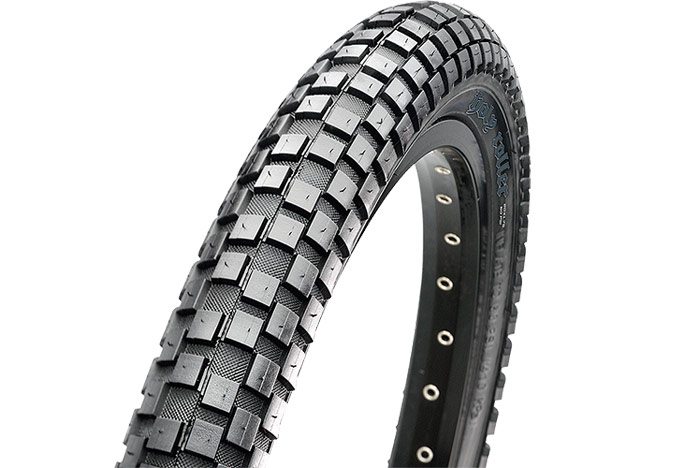
Low Thread Count
BMX tires with a low thread count are designed to be durable and economical. They feature thicker strands, creating thicker sidewall that help make them more resistant to larger cuts or tears. These lower thread count tires are typically found on beefier tires designed more for trails and all around riding. So, for example the classic Maxxis Holy Roller tire which is knobby has a 60 TPI rating. With that rating typically also comes with a lower PSI. Somewhere between 65 and 85, which allows it to have a little more grab when rolling, giving more traction.
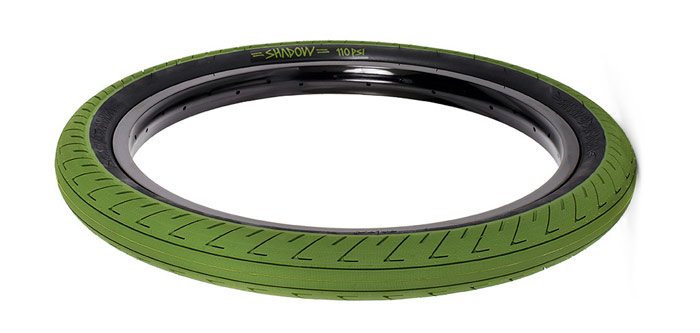
High Thread Count
BMX tires with a high thread count are typically designed to be more puncture resistant and flexible. Because of the higher number of threads, it allows the tire to be less stiff, which is why you see some tires that can be almost “floppy” when they aren’t mounted and aired up. With that higher thread count comes with a higher PSI rating, which can go up to 110 PSI. This is ideal for people who want minimal rolling resistance and higher speeds. Another perk is that higher thread count tires are lighter weight, which some people find important. The downside is that they can sometimes wear out quicker than lower thread counts.
When we compare a lower thread count tire with a lower PSI rating to a higher thread count tire with a higher PSI, we could compare, for an extreme example, rolling on metal versus foam. Metal might have a rougher ride, but you will go further with less effort at a higher pace and be more resistant to something like thorns where foam would be more absorbent to bumps along the road making for more comfort, but you would have to put more effort into pedaling and have less protection against those same thorns. Lately, we tend to see street riders running a lower PSI to help absorb impacts from drops where racers want high PSI to ride as fast as possible. It can also go the opposite way as well, with a higher thread count tire being ran at a lower PSI and a lower thread count tire being ran at the max. There’s also those of us who prefer the happy medium. For example, I run the Flybikes Ruben tires which feature the higher thread count and a max PSI of 110, but I typically run at around 75 PSI when I inflate them since I like having the shock of impact absorbed in the tires and not my wrists and ankles.
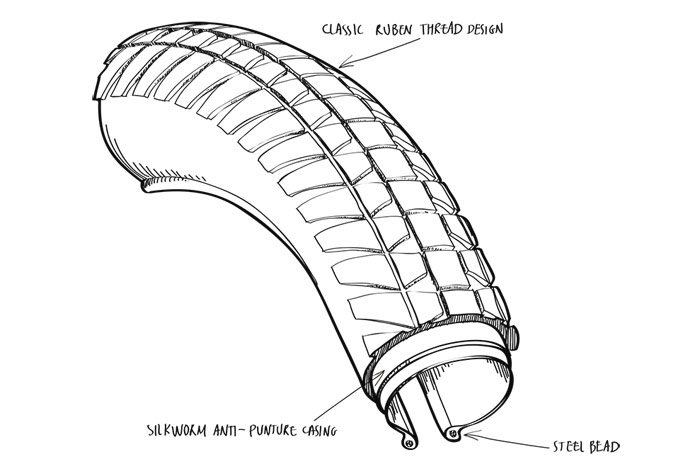
To wrap this all up. If you’re looking for a heavier duty tire that is more affordable, durable and more absorbent to impacts, you will want to look for something with a lower Threads Per Inch and PSI rating. If you’re looking for something with less rolling resistance, puncture resistance and a lighter weight, you will want to look at a tire with a higher Threads Per Inch and PSI rating. Hopefully this helps some of you out there understand what TPI means and how it can have an affect on a tire.
We want to hear from you! Let us know what you think in the comments below!
VISIT: FRONT PAGE // DAILY SECTION // BMX COLOR APP // BMX VIDEOS // RANDOM
